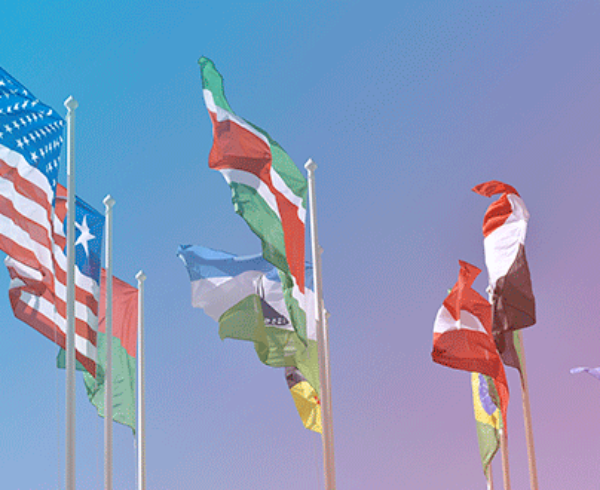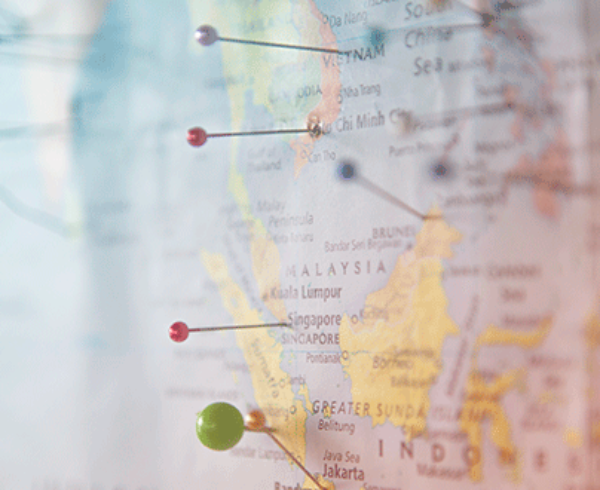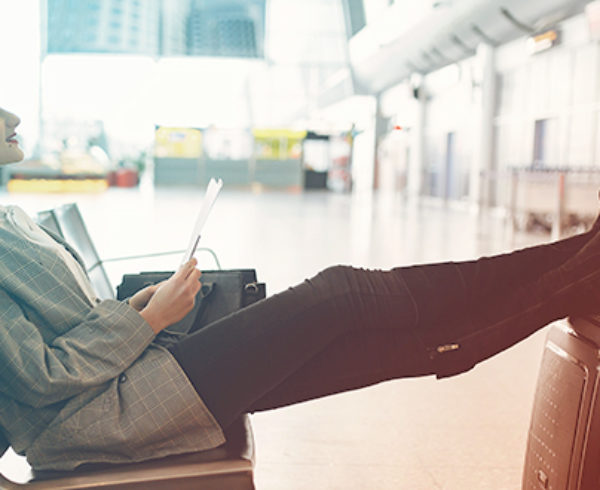For decades, airlines have invested in algorithms to maximize pricing. The pandemic is now starving their systems of data — with huge implications for airline pricing.
It’s common for two airline passengers sitting next to each other in comparable seats to have paid wildly different prices for their tickets. For many years, airlines have invested time, money and resources into algorithms, artificial intelligence and automation that alter prices in real-time based on a range of factors. Airline pricing technology feeds on data — and then uses that data to squeeze every possible cent out of passengers.
The COVID-19 outbreak has completely blown up that data-heavy model. Fewer passengers are flying, meaning there’s less data to be used. And the market conditions are completely different in 2020 than they were in 2019, meaning historical data is virtually meaningless.
What does this mean for airline pricing and for companies that often ask their team members to travel? See below for details on how this data crisis may affect the cost of business travel.
How Airline Pricing Used to Work
In recent years, airlines have used two primary objectives when pricing their tickets: What is the maximum amount a prospective passenger is willing to pay? And what maximum price will the overall market accept?
The answers to those two questions change over time. Which is why the price of any given flight changes over time, too.
For example, on common business routes (like Charlotte to New York City, for example), airlines will start with low prices months in advance of the actual flight. The flight will start filling with consultants and other professionals who are making the journey from Charlotte to New York City on a frequent basis. The price stays low until the flight reaches a minimum passenger threshold.
Then the price starts climbing.
The price will get higher and higher the closer the date of the flight draws. Airlines know that business Travelers are willing to pay almost any last-minute price when they have to, so prices spike to their highest in the days leading up to a flight.
Of course, airlines aren’t adjusting these prices manually. Everything is automated using artificial intelligence and algorithms that account for a wealth of data points. The price served to any prospective passenger at any given time is based on:
- Date
- Number of seats currently filled
- Historical flight and price data
- Known passenger preferences
- Competitors’ prices
The factors listed above are just a small sample of the many things considered when a price is offered to a prospective passenger. But that last bullet can’t be emphasize enough — competition. Airlines are operating in a highly competitive environment, which is driving the investment in and importance of airline pricing technologies.
Airlines are Now Starved for Reliable Data
Airlines are now flying blind in the age of COVID-19. As noted above, fewer passengers means less data to use, and the pandemic has rendered historical data irrelevant and unusable.
The New York Times has reported that the average cost of a round-trip ticket is about 38% lower than it was in 2019. Compare Thanksgiving flights in 2020 to 2019, and you’ll find that prices are 30% lower on average. These price drops are driven by a huge downturn in demand — 70% of adults reported that they will not fly right now, no matter how low prices drop.
This is good news for companies that often ask their team members to fly. Early re-entrants to business travel will find that the cost of work trips is much lower in 2020 than it has been in recent years. Many of the big carriers are even dropping prices to a competitive level with discount carriers. Traditionally, mainstream carriers like American, Delta and United have been content to offer prices $20 to $30 higher than those of budget carriers like Southwest, JetBlue and Spirit.
That’s no longer the case. Mainstream airlines may be using price parity to drive discount airlines out of certain markets and away from certain routes. Once the discount airlines are gone, the mainstream carriers will be able to raise prices once more.
Yes, airline pricing is incredibly competitive — and cutthroat.
The future of the global economy and the travel industry are uncertain. So too is the future of airline pricing. In the short-term, expect prices to stay low. But, as travel picks up again and the airlines have more data and better data to use in airline pricing, look for fares to tick back up to pre-pandemic levels.
Maximize Your ROI in Business Travel
Yes, now is a great time for business travel given how low prices have fallen. At JTB Business Travel, we help companies large and small maximize their return on investment in work trips — no matter the market conditions.
Our cost avoidance services, for example, are focused on identifying high- and low-value trips — so you can take more of the former and less of the latter. Behind everything we do is a common-sense approach to business travel.
Contact us today to learn more about how we can help you boost your ROI in business travel.














Leave a Comment